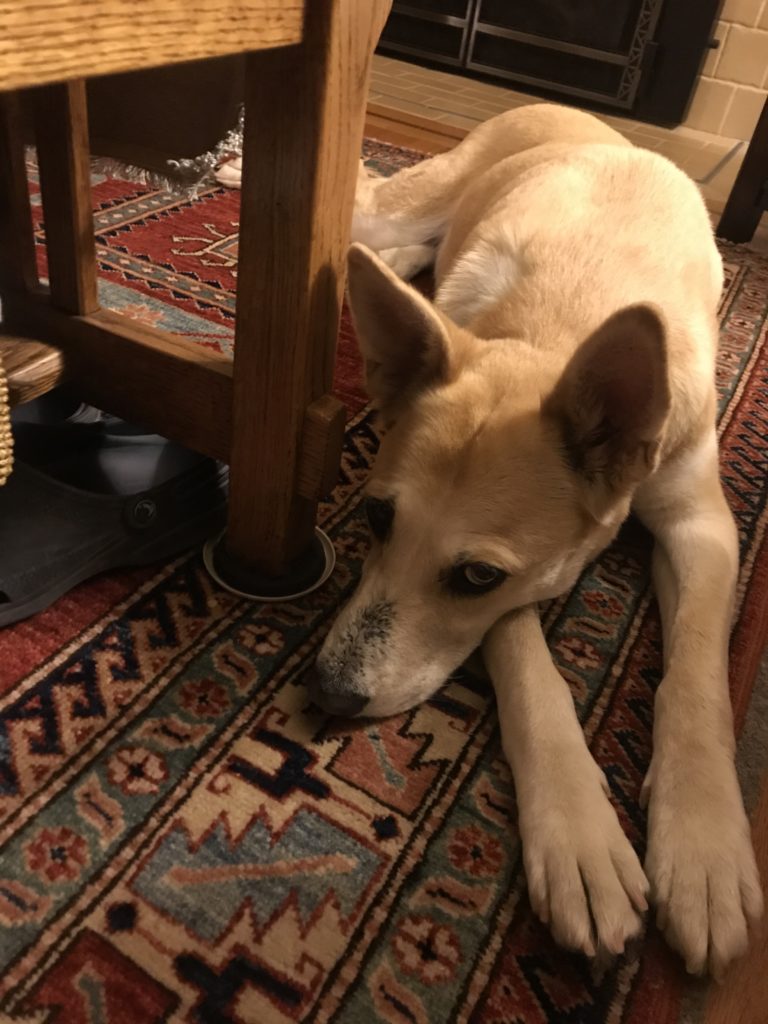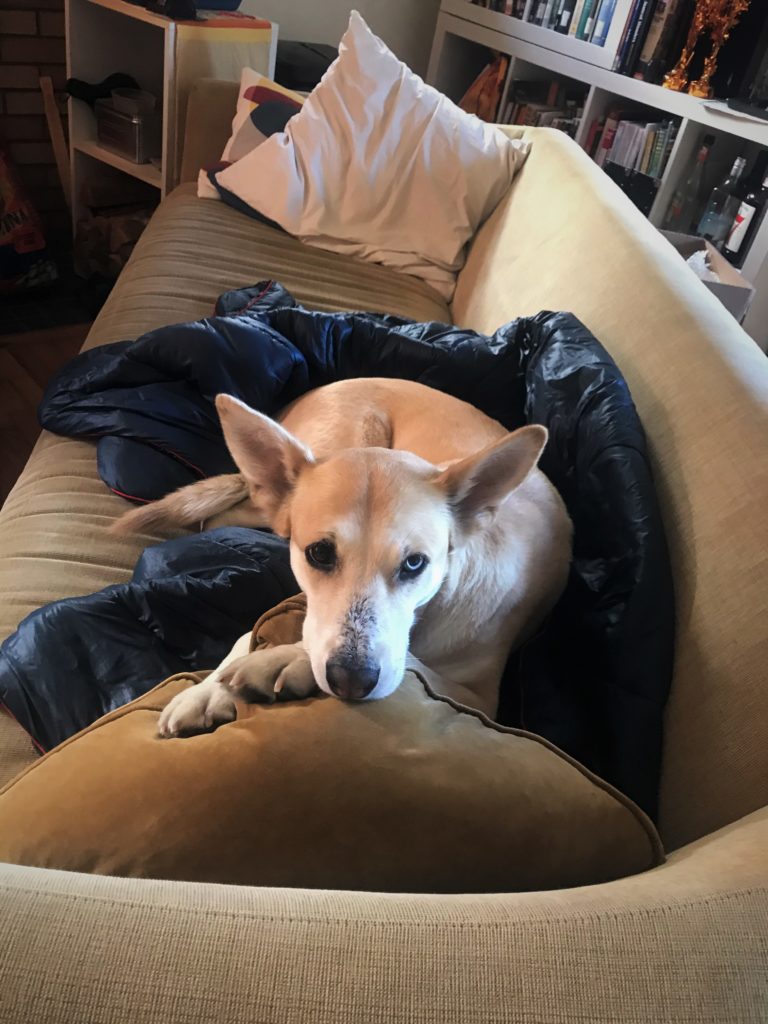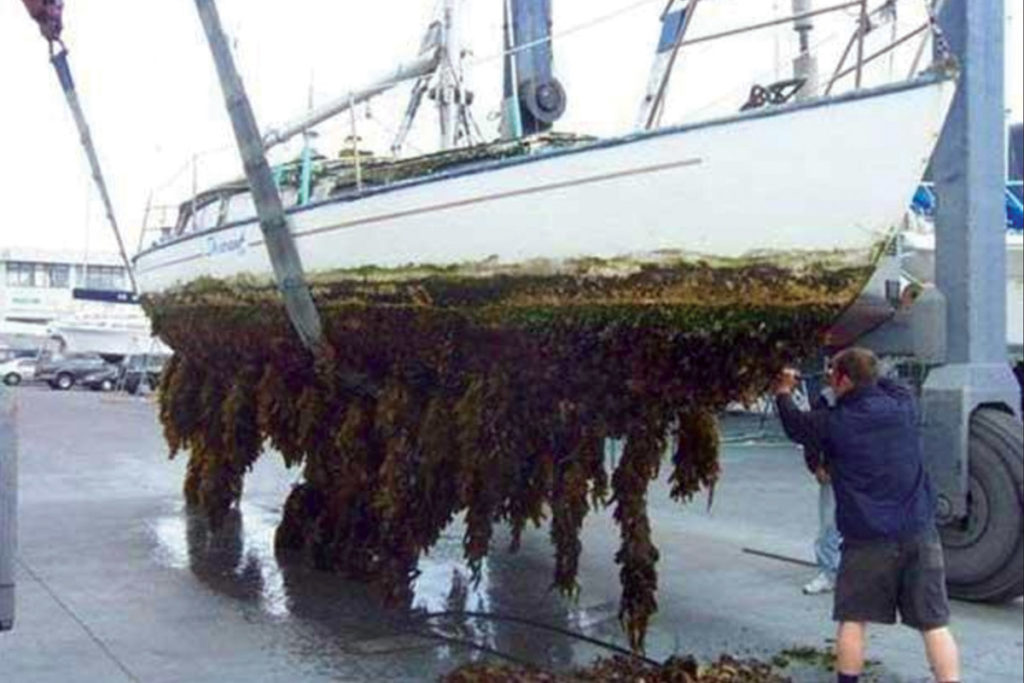The days are getting shorter, and the nights are getting cooler, and it’s really starting to feel like this strange summer is winding to a close. In this last week before the start of my classes, I’ve been thinking about my fellowship with the Oregon Sea Grant. What have I learned, and how will this experience affect me in the future?
I’ll start by addressing the elephant in the room: this has been a crazy summer! I consider myself to be a resilient and adaptable person, but a pandemic, unrest and violence on the streets of my home town, and then huge fires looming down on us and spewing smoke was a lot to try and take in stride. I’m so grateful for my health and that I still have a place to call home!
I’m also so grateful to all the people who I’ve had the chance to work with during my fellowship. I know that at best these folks were going through the same experience that I was, and it’s entirely possible that this whole cascade of events has touched them in a more personal way than it has me. Despite everything that was going on, I consistently encountered generosity, kindness, and willingness to help from all the people I had the chance to work with. I would like to give a special thanks to Lisa Cox at the Oregon DEQ, who took me in as an intern at the last minute, was my guide to the wild world of water quality, and also got me involved with the amazing OASE program. Everyone I met with this summer helped to show me what true professionalism looks like, and that is something I’ll remember.
Another take-away for me is a greater understanding of the complexity of conservation projects and some of the particular challenges of applied science. I’ve had a chance to learn about how conservation projects can get started, how they sometimes get funded, how they’re affected by politics and the relationships between conservation agencies and other stakeholders, and how much work and expertise is needed to get one off the ground. To me navigating all these layers seems trickier than the science in many ways, and equally as important if the goal is to have a positive effect on our environment. I’ve developed a growing respect for the people with the skills and experience to do good work in the thorny world of policy and legislation. Maybe I’ll be one of them someday.
I’m also very happy to have had the opportunity to learn about the Oregon Applied Sustainability Experience. This program partners Oregon businesses with students from a variety of fields with a goal of reducing waste, improving efficiency, helping with certification processes, and generally working to improve environmental outcomes. As part of my video project on the OASE program, I’ve had a chance to meet a few of the interns and business owners, and it’s been a great experience to get to know this passionate, bright, and innovative group of people. Each time I’ve visited the interns at their work I always end up with a big smile on my face. Special thanks to Connor Nolan, Alexi Overland, Angel Contreras Cruz, and to POSS, Defunkify, and the Oregon Soap Company for letting me point my camera around and for sharing your experiences with me.
Looking back, this summer feels like it’s gone amazingly fast. Two weeks from now I’ll have my head buried in a textbook again, and the longed-for rain will probably not be far behind. I hope the changing of the seasons will bring with it peace and understanding for us all. Thanks for reading this, I had a great experience this summer, and I’m happy I got this chance to share it with you.

P.S Can’t forget a picture of my helper :)








